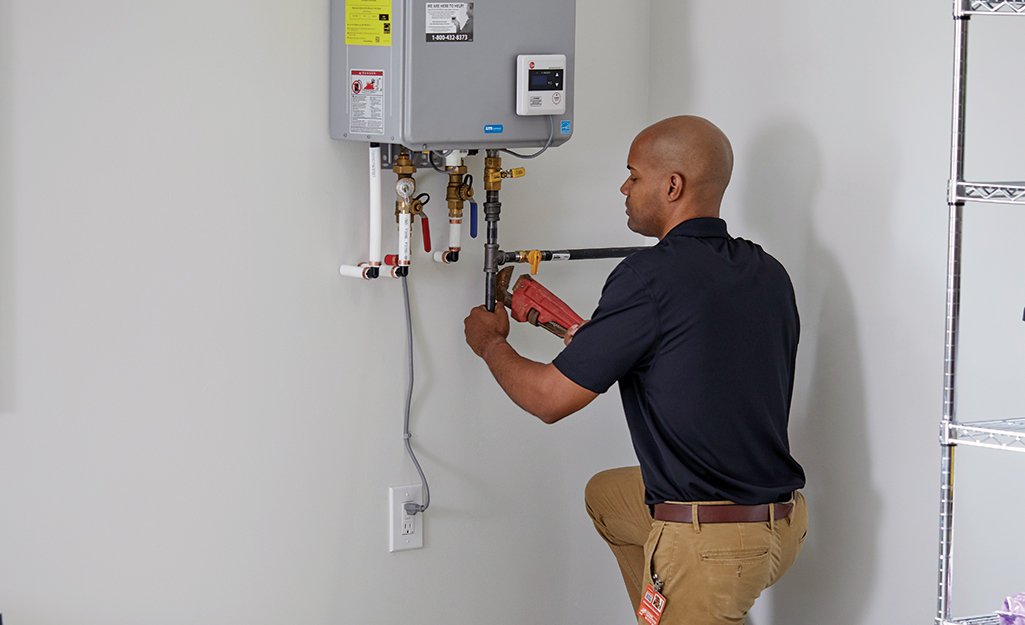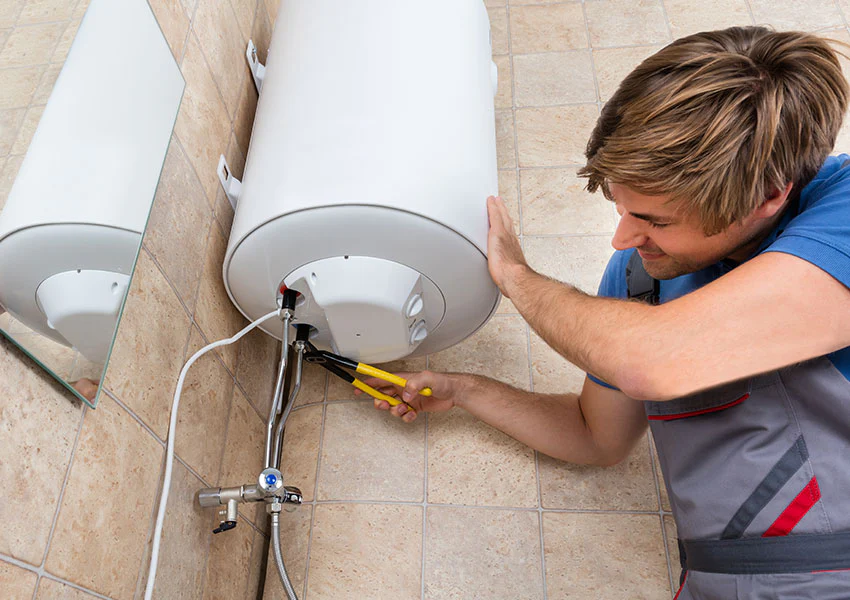How to Keep Your Home's Hot Water System in Good Condition
How to Keep Your Home's Hot Water System in Good Condition
Blog Article
Almost everyone may have their own individual views on the subject of How to Maintain a Hot Water Heater in a Few Simple Steps.

Hot water is necessary for everyday comfort, whether it's for a rejuvenating shower or washing dishes. To ensure your warm water system runs efficiently and lasts much longer, routine maintenance is vital. This article provides sensible ideas and insights on exactly how to maintain your home's warm water system to prevent interruptions and costly repair work.
Introduction
Keeping your home's hot water system might seem overwhelming, however with a few straightforward steps, you can guarantee it operates efficiently for many years to come. This overview covers whatever from understanding your warm water system to DIY upkeep tips and understanding when to contact professional aid.
Value of Preserving Your Warm Water System
Routine upkeep not only extends the life expectancy of your hot water system however additionally ensures it runs efficiently. Ignoring maintenance can bring about decreased effectiveness, greater energy expenses, and also early failing of the system.
Signs Your Warm Water System Demands Maintenance
Understanding when your warm water system needs focus can prevent major concerns. Keep an eye out for signs such as irregular water temperature level, unusual sounds from the heating system, or rusty water.
Comprehending Your Warm Water System
Prior to diving into maintenance jobs, it's helpful to comprehend the standard parts of your hot water system. Usually, this consists of the hot water heater itself, pipes, anode rods, and temperature controls.
Regular Monthly Maintenance Tasks
Routine regular monthly checks can assist capture minor issues before they escalate.
Flushing the Water Heater
Flushing your water heater eliminates debris accumulation, boosting performance and lengthening its life.
Monitoring and Changing Anode Rods
Anode poles protect against corrosion inside the tank. Inspecting and replacing them when worn out is essential.
Examining and Adjusting Temperature Settings
Changing the temperature settings guarantees ideal performance and security.
Do It Yourself Tips for Upkeep
You can execute numerous upkeep jobs on your own to maintain your warm water system in top condition.
Checking for Leakages
Regularly inspect pipes and connections for leaks, as these can cause water damages and greater expenses.
Examining Pressure Relief Valves
Checking the stress relief valve ensures it works correctly and avoids too much pressure build-up.
Protecting Pipelines
Shielding warm water pipes reduces warmth loss and can conserve energy.
When to Call a Professional
While do it yourself upkeep is helpful, some concerns call for expert know-how.
Complicated Issues Requiring Specialist Aid
Instances include significant leakages, electrical troubles, or if your hot water heater is regularly underperforming.
Regular Specialist Upkeep Benefits
Expert maintenance can consist of thorough inspections, tune-ups, and making sure conformity with safety requirements.
Conclusion
Regular maintenance of your home's hot water system is crucial for efficiency, longevity, and price financial savings. By complying with these suggestions and knowing when to seek expert help, you can make certain a trustworthy supply of hot water without unanticipated interruptions.
How to Maintain an Instant Hot Water Heater
Before tinkering with your hot water heater, make sure that it’s not powered on. You also have to turn off the main circuit breaker and shut off the main gas line to prevent accidents. Also turn off the water valves connected to your unit to prevent water from flowing into and out of the appliance. 2. When you’re done, you have to detach the purge valves’ caps. These look like the letter “T†and are situated on either side of the water valves. Doing so will release any pressure that has accumulated inside the valves while at the same time avoid hot water from shooting out and burning your skin. 3. When the purge valves’ caps are removed, you have to connect your hosing lines to the valves. Your unit should have come with three hoses but if it didn’t, you can purchase these things from any hardware or home repair shops. You can also get them from retail stores that sell water heating systems. Read the user’s manual and follow it to complete this task properly. When the hosing lines are connected, open the purge port’s valves. 4. You should never use harsh chemical cleaners or solutions when cleaning your unit. Make use of white vinegar instead. It should be undiluted and you’ll probably use about 2 gallons. 5. Now flush your water heater. This task should probably take about 40 minutes. We can’t give you specific directions for this because the procedure is carried out depending on the type, model and brand of your heater. With that being said, refer to the user’s manual. 6. When you’re done draining the unit, you have to turn off the purge port valves again. Remove the hosing lines that you earlier installed on each of the water valves. Put the valve caps (purge port) back in their respective places and be very careful so as not to damage the rubber discs that are found inside these caps. 7. Now that everything’s back in place, check your user’s manual again to find out how to reactivate your water heating system. 8. Once it is working, turn one of your hot water faucets on just to let air pass through the heater’s water supply pipes. Leave the tap on until water flows smoothly out of it. https://www.orrplumbing.com/blog/2014/september/how-to-maintain-an-instant-hot-water-heater/

I stumbled upon that article about How to Maintain a Hot Water Heater in a Few Simple Steps when doing a search on the search engines. Sharing is caring. Who knows, you might be helping someone out. We truly appreciate your readership.
Book Now! Report this page